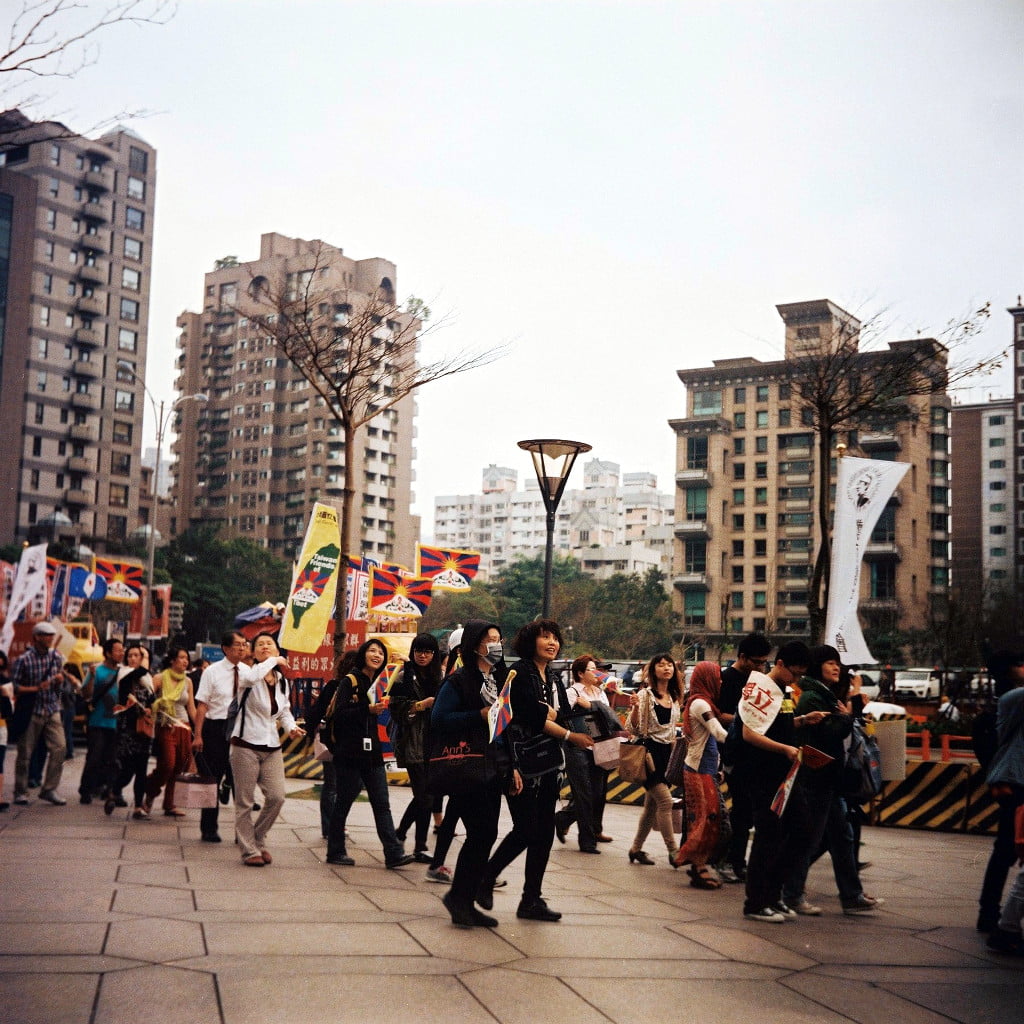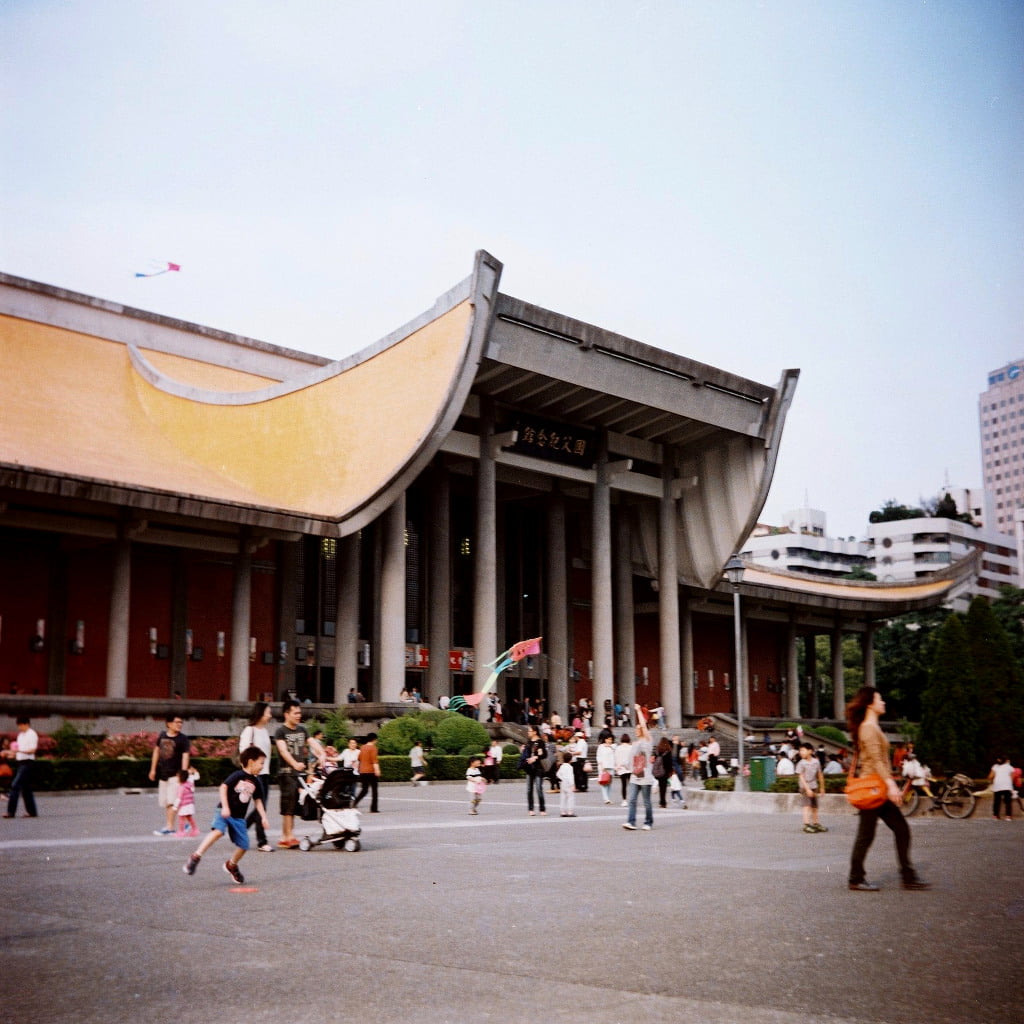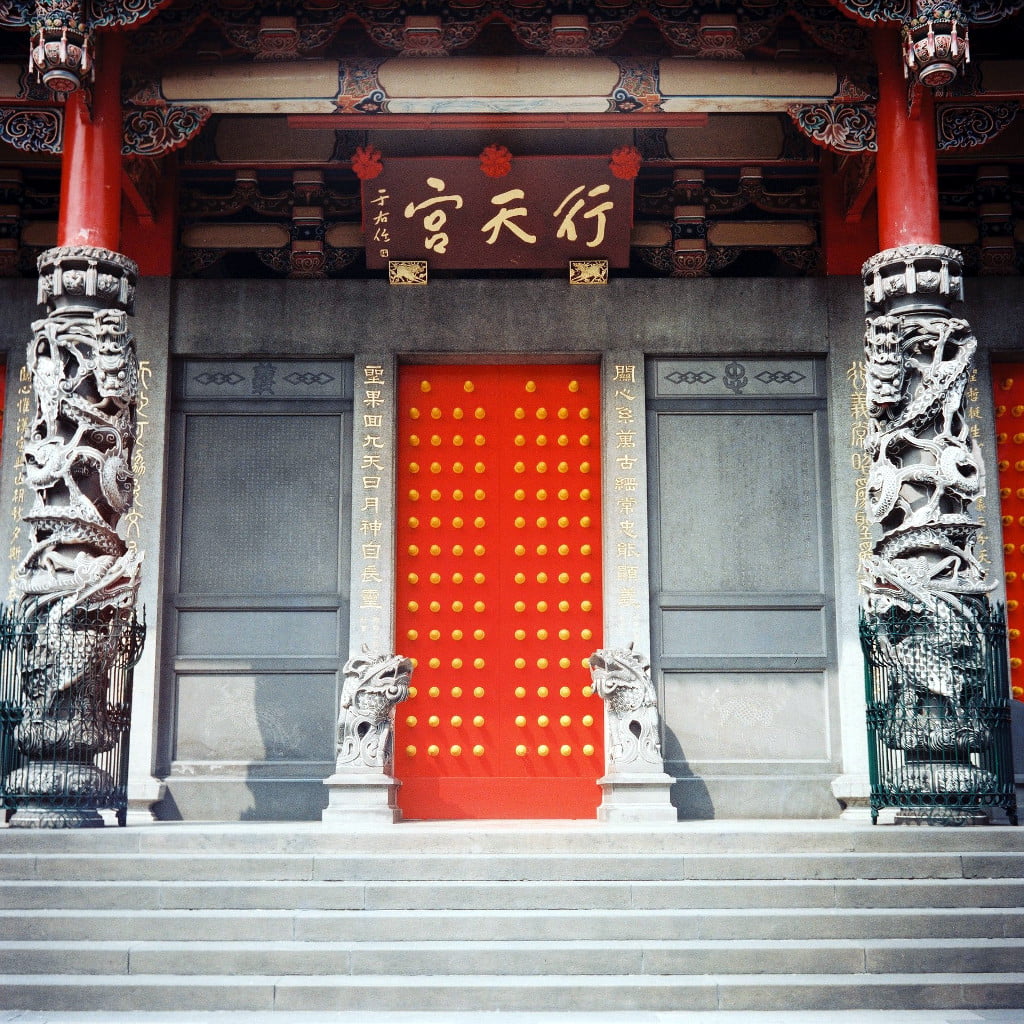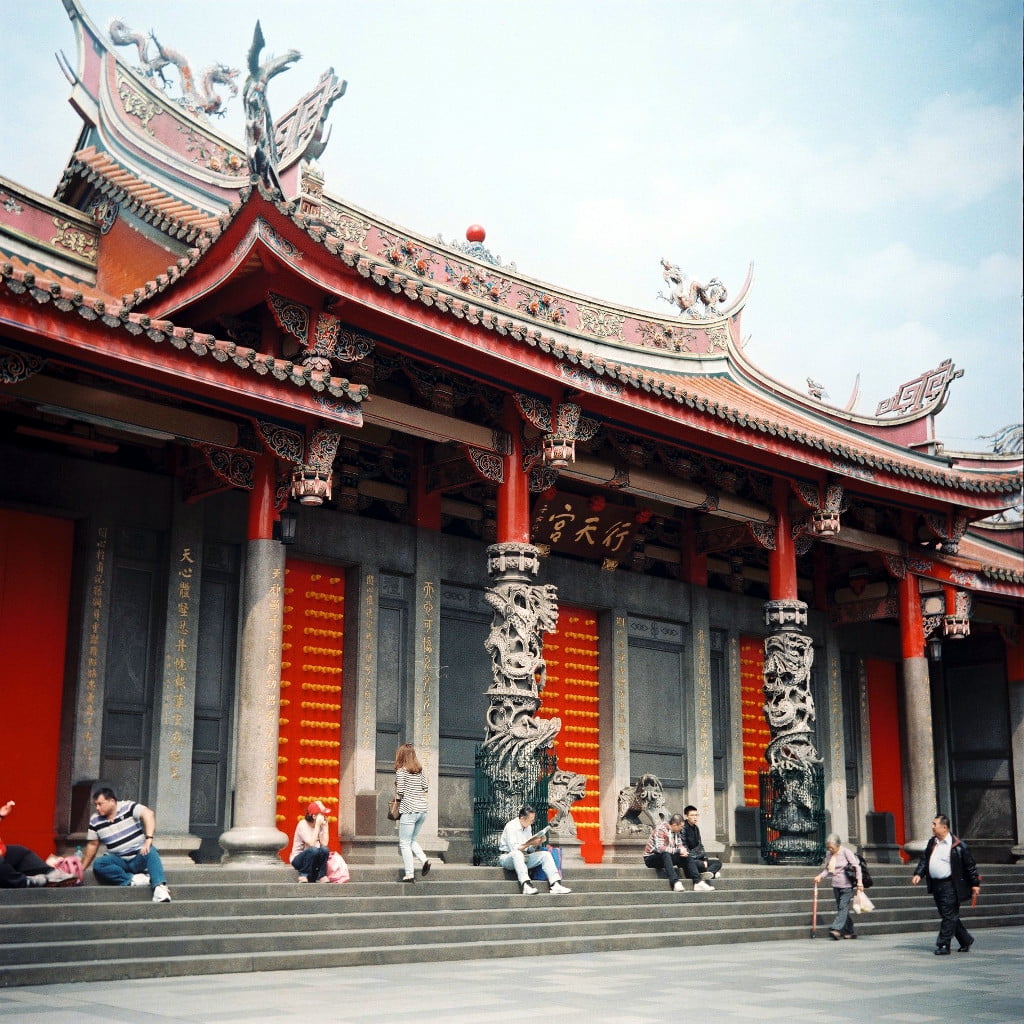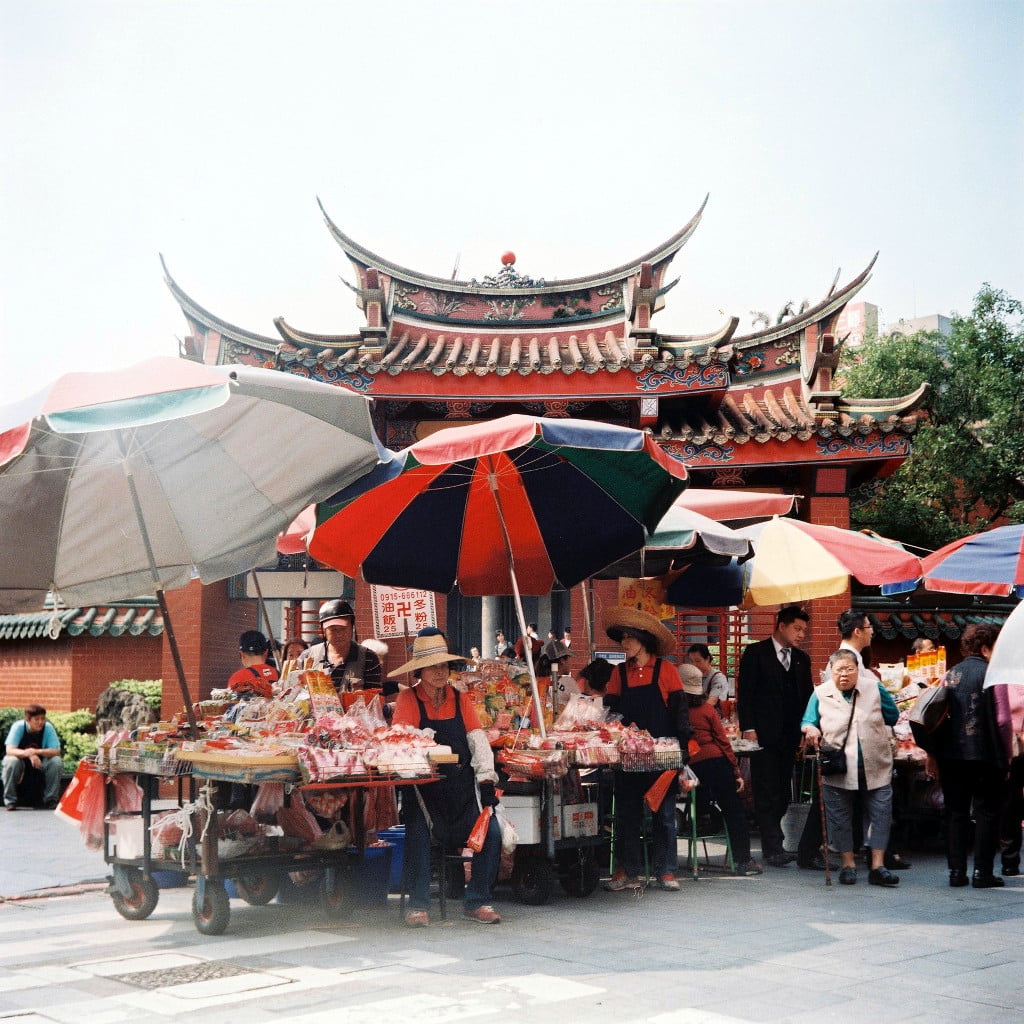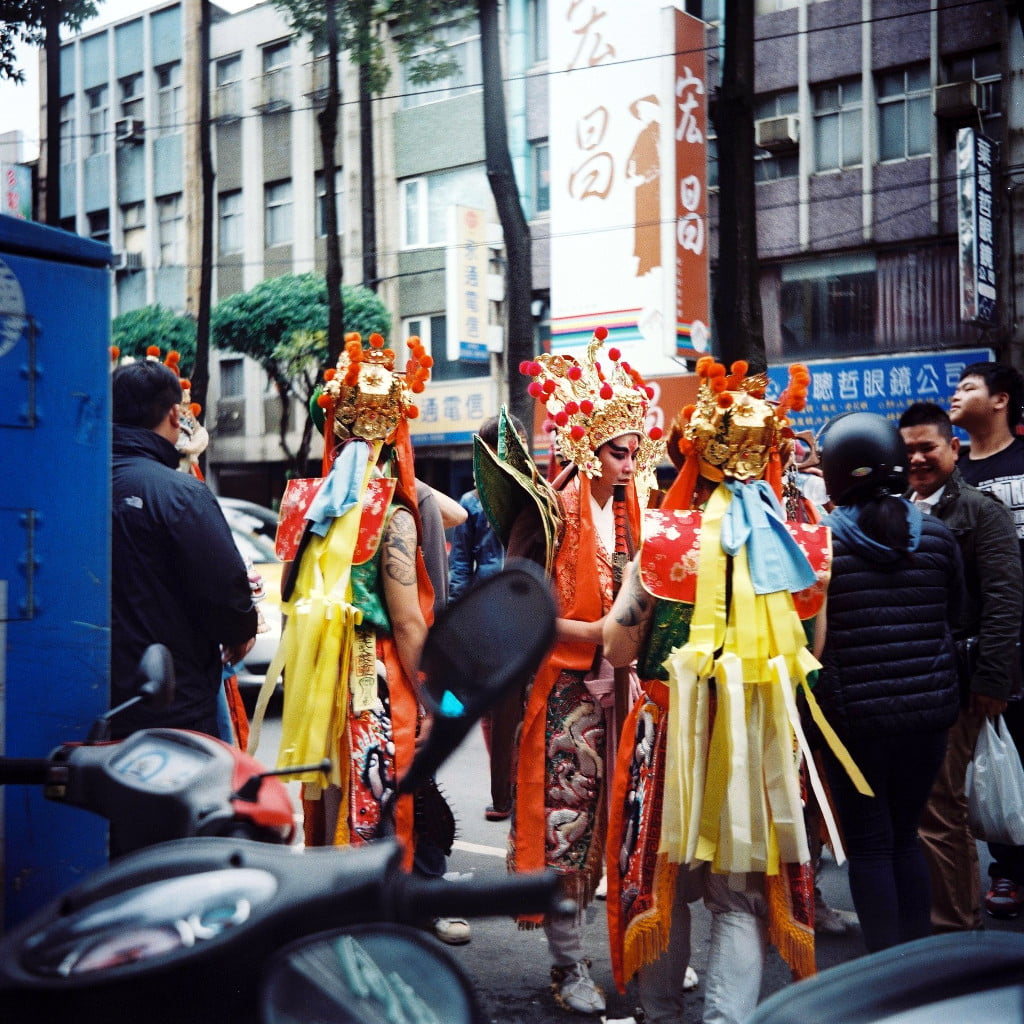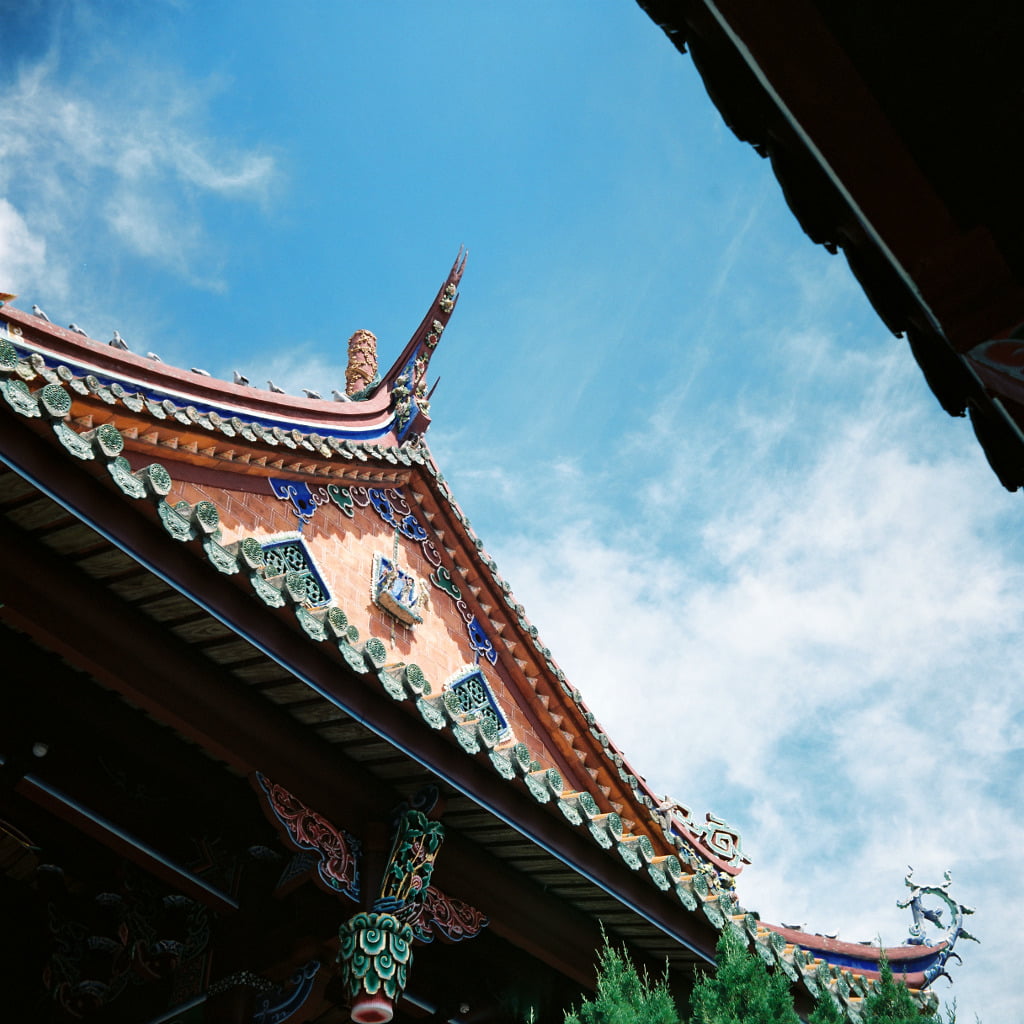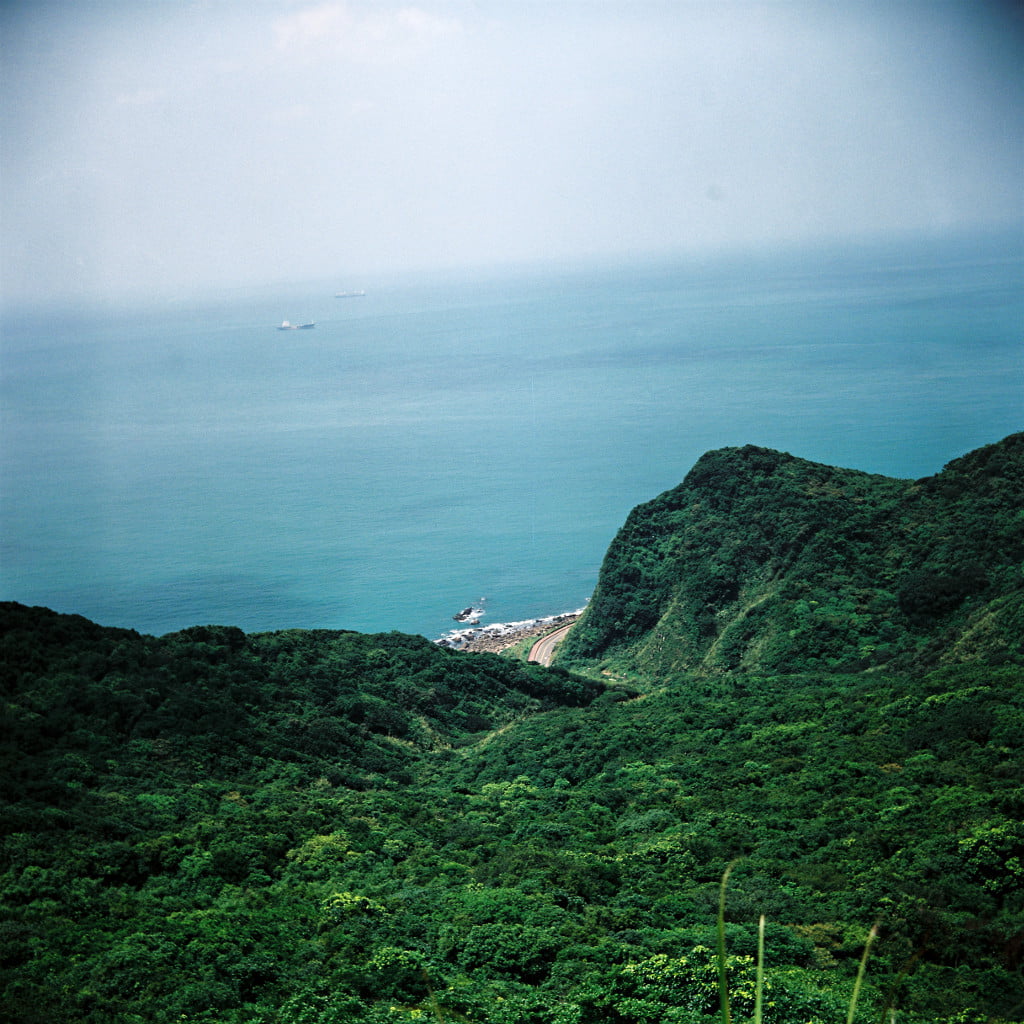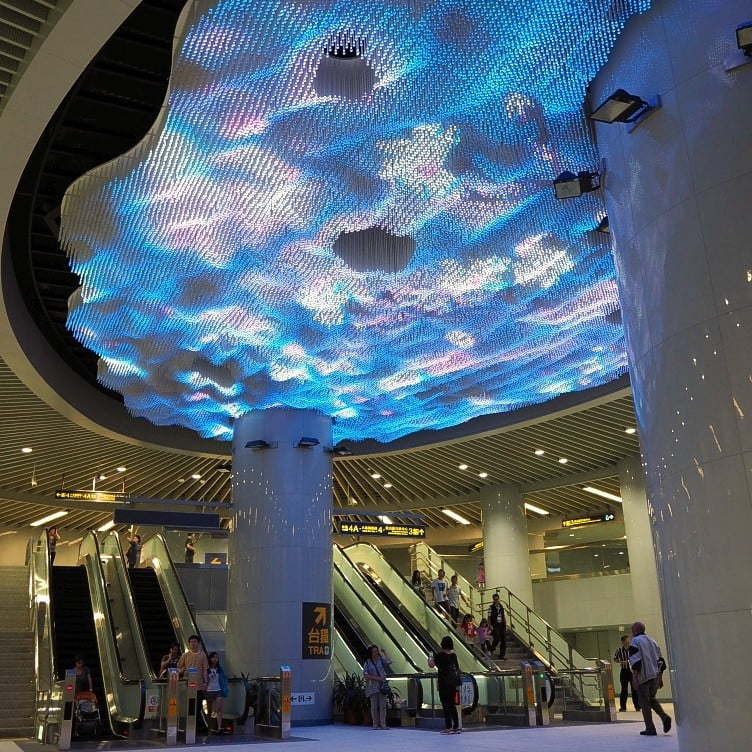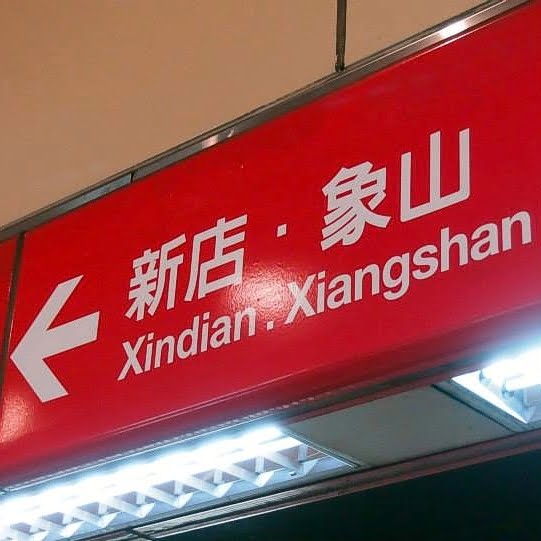My journey into medium format photography began with the Lomo Lubitel 166 Universal, a camera that holds a special place in my heart. It was passed down to me by my father, who purchased it in the 1980s in Moscow, back when it was still part of the USSR. This particular model is the Russian version, easily identified by its Cyrillic script—a distinctive feature that sets it apart from the export versions, which have Latin lettering.
The Lubitel 166 Universal is a TLR (twin-lens reflex) camera designed for 120 film, offering the flexibility to shoot either 6×6 or 6×4.5 images. This versatility is made possible by inserting a mask into the film chamber, a feature I found to be both effective and unique.
Over the years, I’ve only run a few rolls of 120 film through this camera. For the most part, it has remained in a display case, largely due to its cumbersome nature. Focusing, for instance, was a challenge—I had to rely either on my eyesight or the distance scale, as the magnifier with the focusing screen proved to be quite inadequate. Additionally, the controls for aperture, shutter speed, and shutter release are all positioned around the taking lens. I found them rather fiddly and frequently found myself accidentally triggering the shutter, resulting in unwanted exposures.
While the Lubitel 166 Universal is capable of producing decent images, I must admit that using it was not a particularly enjoyable experience for me.
Below are some photos I captured with the Lomo Lubitel, using Lomography Color Negative 100 and Fujicolor PRO 400H films.

